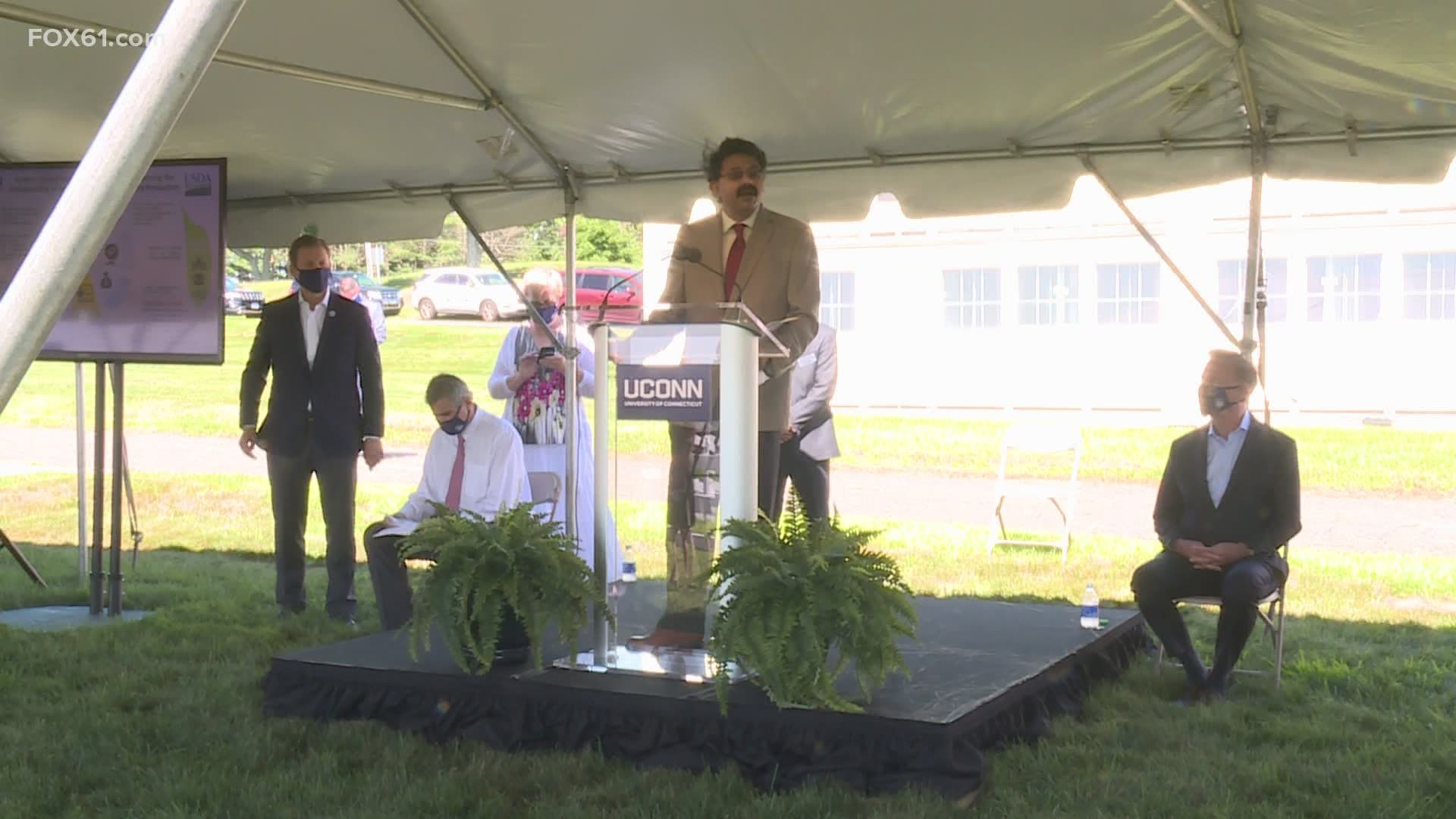STORRS -- UConn is embarking on a new mission to make our food more healthy and sustainable. UConn was founded as an agricultural school 130 years ago. That mission continues to this day on Horse Barn Hill at the poultry unit where chickens there are mainly bred for their egg laying ability. UConn gets big USDA grant aimed to eliminate antibiotics in chickens
"The crowing we hear behind us. This is a grant to crow about," remarked State Rep. Greg Haddad, a Democrat representing Mansfield. UConn is getting $10-million from the USDA to build a research center. Their mission will be to reduce and eventually eliminate the use of antibiotics in chickens bred for their meat. Commissioner Bryan Hurlburt of the CT Department of Agriculture said, "Consumers are concerned about what’s in their food. More and more we see and hear about that so this is a really timely research project as well."
UConn will lead a partnership with about a dozen other universities. They’ll explore increasing chicken production while improving chicken health, examining nutrition, water treatments and infectious disease along the way. "To ensure health and well being locally, nationally and globally," added Dr. Indrajeet Chaubey, the Dean of the UConn College of Agriculture:
Gov. Ned Lamont was on hand for the announcement, which marks UConn's biggest ever grant. "That’s why there are only eight of these grants awarded around the country and we are one of those eigth $10-million grants because of the excellence UConn brings to this."
Broiler chickens, as they are called, are often injected with antibiotics to ward off disease and increase their growth. But some say eliminating antibiotics would results in the use of more grain, water, land and fertilizer and result in a bigger environmental footprint. "This is a research project based on how to reduce the antibiotics and then the outcomes. So I think this is the right project for people who have those concerns and questions," said Commissioner Hurlburt.
UConn also announced that they’ve received an all time high of $280-million in research grants. They plan to double research over next 7 to 10 years.

